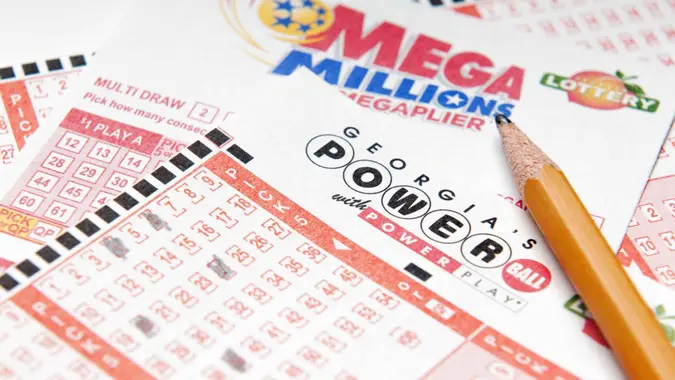PayPal and Venmo to Change their Crypto Transaction Fees

Commitment to Our Readers
GOBankingRates' editorial team is committed to bringing you unbiased reviews and information. We use data-driven methodologies to evaluate financial products and services - our reviews and ratings are not influenced by advertisers. You can read more about our editorial guidelines and our products and services review methodology.

20 Years
Helping You Live Richer

Reviewed
by Experts

Trusted by
Millions of Readers
PayPal and Venmo announced they will change their fee structures for the crypto transactions as of March.
Venmo, owned by PayPal, announced the launch of crypto on Venmo in April 2021, enabling customers to buy, hold and sell cryptocurrency directly within the Venmo app. PayPal announced the launch of its crypto services in October 2020, according to a press release.
Under the current crypto fee structure — which will end March 21, 2022 — PayPal and Venmo charge a $0.50 flat fee for transactions up to $25; purchases or sales between $25 and $100 have a 2.3% fee, and transactions between $100.01 and $200 have a 2% fee, according to their websites.
This structure will change March 21, 2022, at 9 a.m. central time. Then, crypto transactions up to $200 will carry a minimum flat fee. For transactions up to $4.99, there will be a $0.49 flat feel for transactions between $5 and $24.99, there will be a $0.99 flat fee; for transactions between $25 and $74.99, there will be a $1.99 flat feel and for those between $75 and $200, there will be a $2.49 flat fee, according to an announcement on both websites.
Transactions over $200 will carry a percentage fee, with those between $200 and $1000 having a 1.8% charge, and those over $1000, having a $1.5 charge.
“This change is part of our ongoing commitment to provide transparency, ease of understanding and clarity to our customers,” a PayPal spokesperson told Barron’s. “The changes will be effective for both PayPal and Venmo customers on March 21, 2022.”
PayPal was down nearly 4% on Wednesday, continuing a two-week decline that started when the company reported at the beginning of February a disappointing fourth quarter and weak guidance, Barron’s reported. The stock was down 4.2% in pre-market trading on February 17.
More From GOBankingRates
 Written by
Written by 

























